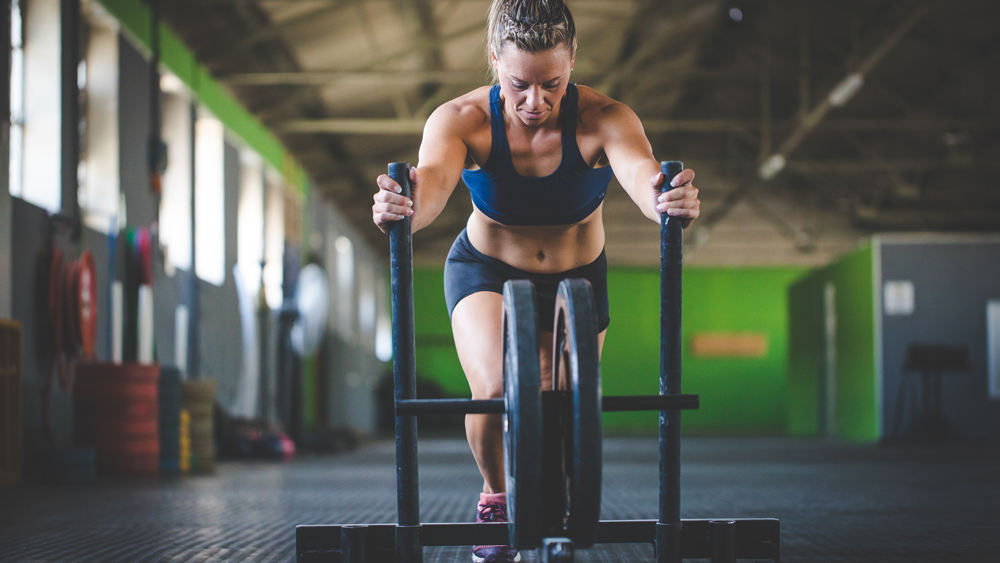What’s The Difference Between Sports Training And Normal Gym Workouts?
If you want to succeed in your sport, some supportive gym work is essential

Whenever you get really into a sport, be it running, swimming, rugby or football, you start looking for ways to get better at it. Early on this mostly involves simply doing more of that sport, but there comes a time when in order to improve you have to step into the gym and do some supportive strength work.
To explain why and how training for a particular sport is different from hitting the gym just to improve your fitness in general, we spoke to Phil Greening, former British Lions and England rugby union player, and founder of The Athlete Factory training facility in Chester.
How is strength training for a sport different to general gym training for fitness?
You can support your sport by doing work in the gym that helps you stay fit and healthy, injury-free, and also aids your performance. The big thing is to tailor everything to the sport. So you need to understand the demands of the sport and how it impacts your body.
For example with running you need to make sure your glutes, hamstrings, core and posterior chain are strong. Then it’s about how efficient you can be with your force through the floor, how you can get more power to help improve your times.
- The fundamentals of strength training for runners
Why is it important to do supportive training alongside your normal training?
There are so many things you can do in the gym that enhance your sport. In rugby we do a lot of non-rugby conditioning. All the gym work supports the actions we do in rugby, be it small muscles for stability or big muscles like your hamstrings. People say “I don’t want to get big or bulky” – but it’s not that. It’s getting those muscles efficient and strong enough to support the work that you want to do in your sport. It’s something that’s neglected.
We do everything we can to stop us getting injured. As a coach we try to keep our total injuries for a squad down to 5% and the gym work helps that. That’s soft tissue injuries, and obviously with rugby there’s going to be collision injures as well!
How often should you do supportive gym work for your sport?
Twice a week would be a minimum. Aim for two to three times a week, following a proper strength programme.
Get the Coach Newsletter
Sign up for workout ideas, training advice, reviews of the latest gear and more.
Along with strength work, what other kind of things can you do to support your main sport?
The big thing we do is dynamic mobility work, putting the joints, muscles and tendons through a full range of motion so your mobility gets better, so that when you do your sport, your body can function in that range.
Should you do mobility work before your strength sessions?
With elite teams at The Athlete Factory we go through some trigger point work –foam rolling – into mobility and movement prep. Then you go into your session. For us the hips and glutes are key, so getting them firing before you do any work is crucial, because the glutes and hips are not only the engine of the whole body, they’re also key to your stability. We do a lot of hip work, like mountain climbers and going over hurdles, to achieve that range of motion.
Get Better At Your Sport With These Sessions
- A Sports Strength & Conditioning Workout To Build Power, Stamina And Strength
- Stay Limber With This Home Mobility Workout
- Six-Week Strength Training Workout Plan
- Find A Friend To Tackle This Rugby Strength And Conditioning Workout

Nick Harris-Fry is a journalist who has been covering health and fitness since 2015. Nick is an avid runner, covering 70-110km a week, which gives him ample opportunity to test a wide range of running shoes and running gear. He is also the chief tester for fitness trackers and running watches, treadmills and exercise bikes, and workout headphones.









